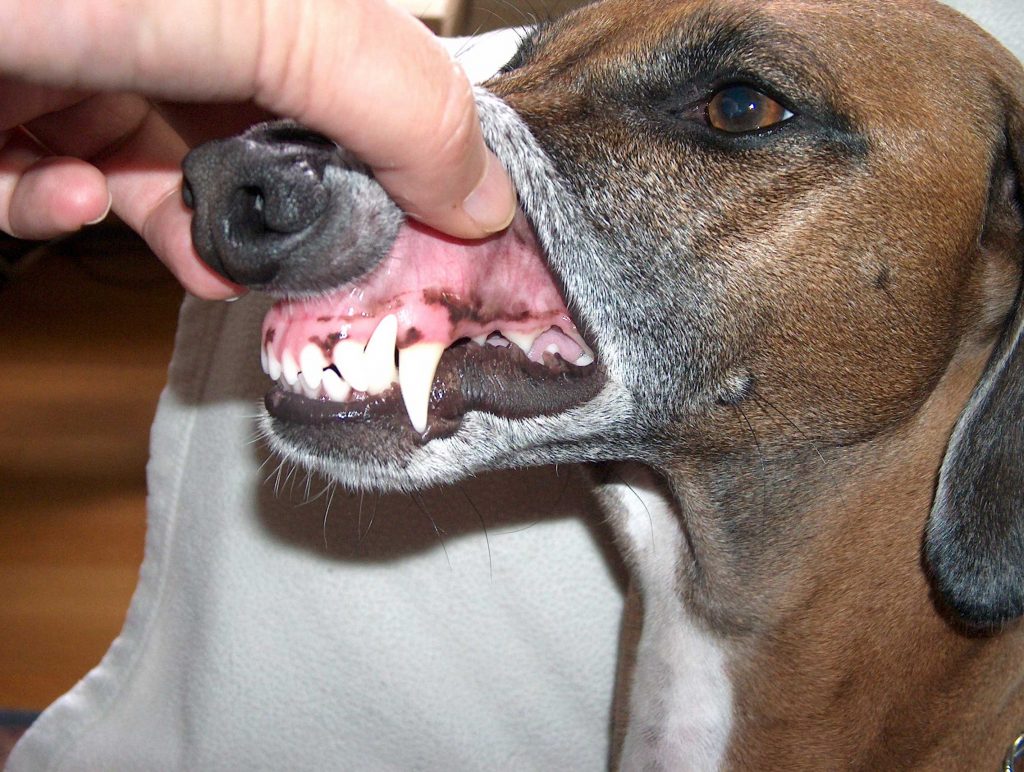
As any kid knows, Snoopy is a laconic beagle and Bugs Bunny is a mouth-running rabbit. The difference is pretty clear, right? Evidently not.
A group of researchers in China have lost a 2017 paper in Medical Science Monitor for trying to pass off cellular images of rabbit teeth as those of beagles.
According to the original notice, which has now been replaced with “The article is withdrawn by the authors request:”
We have become aware of potentially serious scientific fraud. The article published in our journal, Med Sci Monit, 2017; 23: 4601-4611, utilized beagle dogs in an animal model of peri-implantitis and is titled “Effects of Nano-Hydroxyapatite Polyetheretherketone-Coated, Sandblasted, Large-Grit, and Acid-Etched Implants on Inflammatory Cytokines and Osseointegration in a Peri-Implantitis Model in Beagle Dogs”. Dr. H. W. Yang of the Department of Stomatology, Shanghai Tenth People’s Hospital of Tongji University, was the first author of the paper. Unfortunately, figure 3 of this paper depicts HE-stained tissue sections identical to those depicted in figure 4 in a 2018 paper utilizing a rabbit model of mandibular damage and repair titled “Effect of Choukroun Platelet-Rich Fibrin Combined with Autologous Micro-Morselized Bone on the Repair of Mandibular Defects in Rabbits” and published in the J Oral Maxillofac Surg., Epub 2017 Jun 2. Dr. T. Zhou of the Department of Oral and Maxillofacial-Head and Neck Oncology, Shanghai Ninth People’s Hospital, Shanghai Jiao Tong University School of Medicine, was the first author of the paper. Depiction of identical stained histological sections in 2 different papers as derived from 2 different animal species is indicative of serious scientific fraud over and beyond clear-cut plagiarism in the case of these 2 figures.
Both studies were supported by grants from the National Natural Science Foundation of China (grant No. 31140007 and 81472516), the Natural Science Foundation of Shanghai (No. 14ZR1424200), and the Shanghai Leading Academic Discipline Project (No. S30206).
The corresponding author did not respond to a request for comment.
Like Retraction Watch? You can make a tax-deductible contribution to support our growth, follow us on Twitter, like us on Facebook, add us to your RSS reader, sign up for an email every time there’s a new post (look for the “follow” button at the lower right part of your screen), or subscribe to our daily digest. If you find a retraction that’s not in our database, you can let us know here. For comments or feedback, email us at [email protected].
Teeth are different from jawbones, your assertion is wrong and should be retracted with a full explanation. You claim the researchers tried to pass off rabbit teeth as beagle teeth. An implant is an artificial tooth. Peri-implantitis is a disease of the jawbone soft tissues near an artificial implant, as in the Yang paper, not a disease of the beagle tooth. The mandible is the jaw bone. The Zhou paper studied mandibular jaw bone defects in rabbits, not rabbit teeth. The quoted retraction notice does not mention teeth, and the mentioned duplicated histologic sections were probably microscope pictures of the healing jaw bone, possibly from a beagle or rabbit. No beagle or rabbit teeth images were passed off here.
Like DW – i too was prepared to be outraged by the duplicitous title of this entry
Then I remembered my christmas spirit and reckoned that t’was a misguided editorial device to garner attention in the seasons media frenzy ;o)
the duplicated image(s) are of mandibular bone – not teeth
Meanwhile there are some interesting ‘publication process aspects to this case
As I see it at least one image is duplicated – probably 2
Figure 3C in the retracted paper i.e., Med Sci Monit, 2017; 23: 4601-4611 is the same as Figure 4 ‘autologous group at 2 weeks in the 2018 paper ‘J Oral Maxillofac Surg. 2018 Jan;76(1):221-228’)
Figure 3D and Figure 4 ‘choukroun group at 2 weeks’ are probably the same
Looking at the Submission & Acceptance dates for each article
Med Sci Monit, 2017 –
Received: 2016.12.26
Accepted: 2017.02.14
Published: 2017.09.25
J Oral Maxillofac Surg. 2018 –
Received: December 3 2016
Accepted: May 26 2017
Published: June 2 2017
So both articles were submitted around the same time (December 2016 – with The Med Sci Monitor article was the slightly later submission)
The Med Sci Monitor article was accepted before the JOMS article
The JOMS article was published before the Med Sci Monitor article
We don’t know what happened in the revision – and whether the duplications were in the original submission or added in revisions –
Both were accepted without the other being published so peer review could not have picked this up (unless there was a common peer reviewer)
The question is – given that the misconduct was contemporaneous with the approval & submission of both articles – should the JOMS article also be retracted ?
While we don’t know what happened in the revision – and whether the duplications were in the original submission or added in revisions—-Parsimony and a general sense would suggest that the JOMS image was the ‘true’ figure (and truly canine) and so there may be no overt misconduct to this manuscript